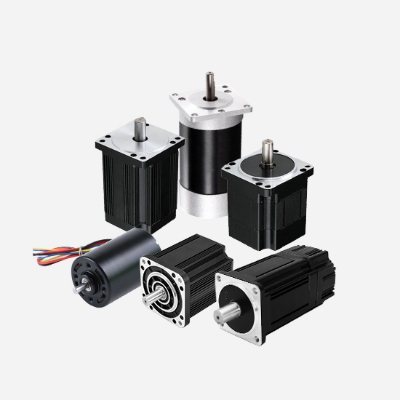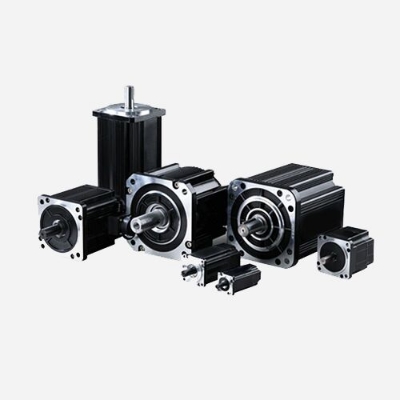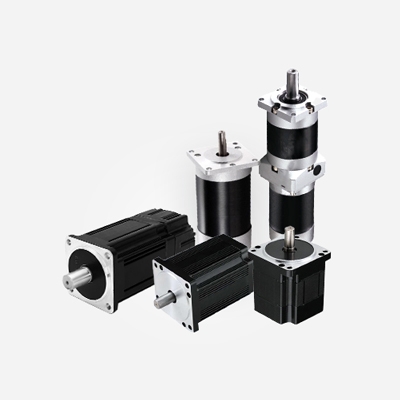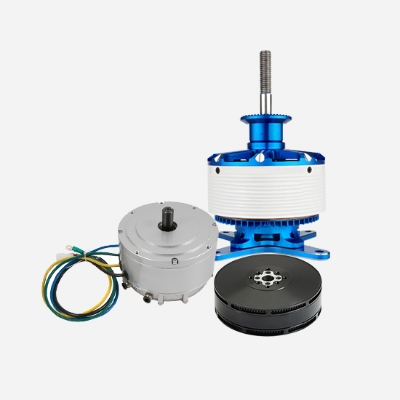In the modern unmanned aerial vehicle (UAV) technology system, brushless motors, as the core power system, are widely used in various types of aircraft. Compared with traditional brushed motors, brushless motors not only have higher efficiency and longer service life but also can bring a smoother flight experience, with significant advantages in precise control and response speed. Next, this article will deeply analyze the working principle of brushless UAV motors to help readers better understand this key technology.
Basic Structure of Brushless Drone Motors
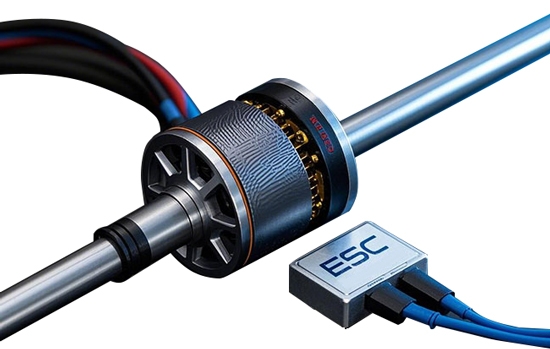
Brushless motors (BLDC, Brushless DC Motor) mainly consist of the following parts:
- Stator: As the stationary part of the motor, the stator is equipped with multiple electromagnetic coils. When energized, these coils generate a magnetic field, providing the driving force for the rotation of the rotor.
- Rotor: As the rotating part of the motor, it is usually composed of permanent magnets. Under the action of the stator magnetic field, the rotor starts to rotate.
- Electronic Commutator (ESC, Electronic Speed Controller): Brushless motors abandon the traditional commutator and carbon brushes and rely on the electronic commutator to achieve current switching, thereby controlling the rotation direction and speed of the motor.
Working Principle of Brushless Drone Motors
The working principle of brushless drone motors is based on Faraday's law of electromagnetic induction and is different from that of traditional brushed motors. The specific working process is as follows:
- Electromagnetic Interaction
The basis of the motor's operation is that an electric current passing through a conductor generates a magnetic field. When an electric current flows through the stator coils, a magnetic field is formed around the stator. This magnetic field interacts with the permanent magnets on the rotor, generating attractive or repulsive forces, causing the rotor to start rotating.
- Electronic Commutation Control
Traditional brushed motors rely on carbon brushes and commutators to change the direction of the electric current, thereby changing the direction of the magnetic field to drive the rotation of the rotor. In brushless motors, this function is completed by the electronic commutator (ESC). The ESC intelligently adjusts the current of each stator coil by sensing the position of the rotor to generate the required magnetic field direction and ensure the continuous rotation of the motor. Specifically, the ESC uses built - in Hall sensors (or other position sensors) to monitor the position of the rotor in real - time and control the current switching sequence of the stator coils. Whenever the rotor rotates through a specific angle, the ESC adjusts the current flow direction to generate an appropriate magnetic field and push the rotor to continue rotating.
- Magnetic Field Change and Speed Control
The speed of a brushless motor is determined by the frequency and magnitude of the electric current. When the frequency of the electric current changes, the switching rate of the magnetic field changes accordingly, thereby controlling the speed of the rotor; the magnitude of the electric current determines the magnitude of the magnetic force, thus affecting the output torque of the motor. When it is necessary to increase the speed of the motor, the ESC increases the current frequency; when it is necessary to reduce the speed, the ESC reduces the current frequency. At the same time, it is necessary to ensure that the magnetic field changes between the rotor and the stator are synchronized to maintain the stable operation of the motor.
- Precise Control and Response
Since the rotor of a brushless motor has no physically contacting commutator, its response speed is faster and the control is more precise. By precisely controlling the frequency and phase of the electric current, the electronic speed controller can achieve fine - tuned speed regulation, endowing the UAV with extremely high stability and flexibility during flight.
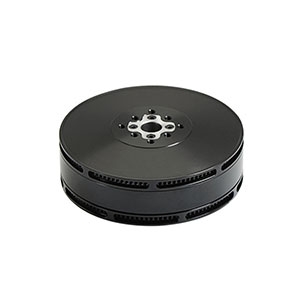
Brushless Drone Motors Advantages
- High Efficiency: Brushless motors can convert electrical energy into mechanical energy to the greatest extent. Their efficiency is higher than that of brushed motors, which can extend the flight time of UAVs.
- Long Service Life: Without carbon brushes and commutators, mechanical wear is reduced, and the service life of the motor is greatly extended.
- Low Maintenance: The design of brushless motors makes them almost maintenance - free, avoiding the trouble of regularly replacing carbon brushes.
- Low Noise and High Stability: Without the friction of brushes, the working noise is low, which is suitable for flight scenarios with noise requirements. At the same time, precise control makes the flight more stable.
- High Power Density: Brushless motors can provide greater thrust and torque to meet the needs of high - speed flight and high - load of UAVs.
The Application of Brushless Drone Motors in UAVs
Brushless drone motors are the standard configuration of modern UAV power systems and are widely used in various types of aircraft such as multi - rotor UAVs, aerial photography UAVs, and racing UAVs. In these application scenarios, brushless motors not only provide strong thrust to support the hovering and fast flight of the aircraft but also can achieve efficient energy conversion and improve the endurance.
The performance of the UAV's motor directly affects the flight experience. Brushless motors perform excellently in dealing with complex flight tasks, rapid response, and precise positioning. Because they can maintain stable operation in low - speed, high - speed, and sharp - turn flight states, many high - end UAVs use them as standard configurations.
Brushless UAV motors, with their advantages of high efficiency, long service life, and low noise, have become an indispensable part of UAV technology. Through precise electronic commutation control, brushless motors can provide stable power output and help UAVs complete various complex flight tasks. With the continuous development of UAV technology, the application of brushless motors will become more widespread, opening up more possibilities for the future development of UAVs. For the latest trends and news in the brushless motor industry, keep an eye on brushless.com.

